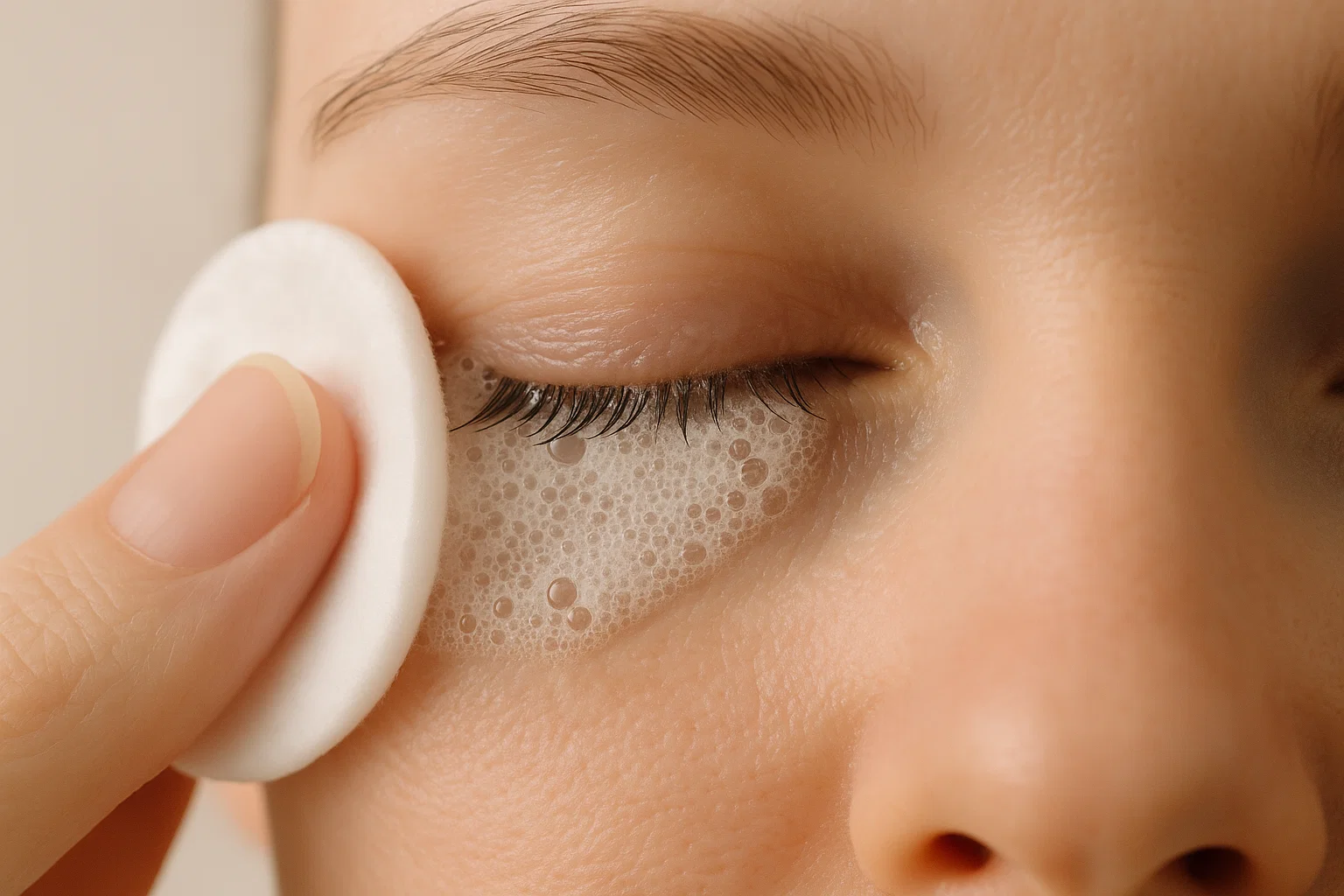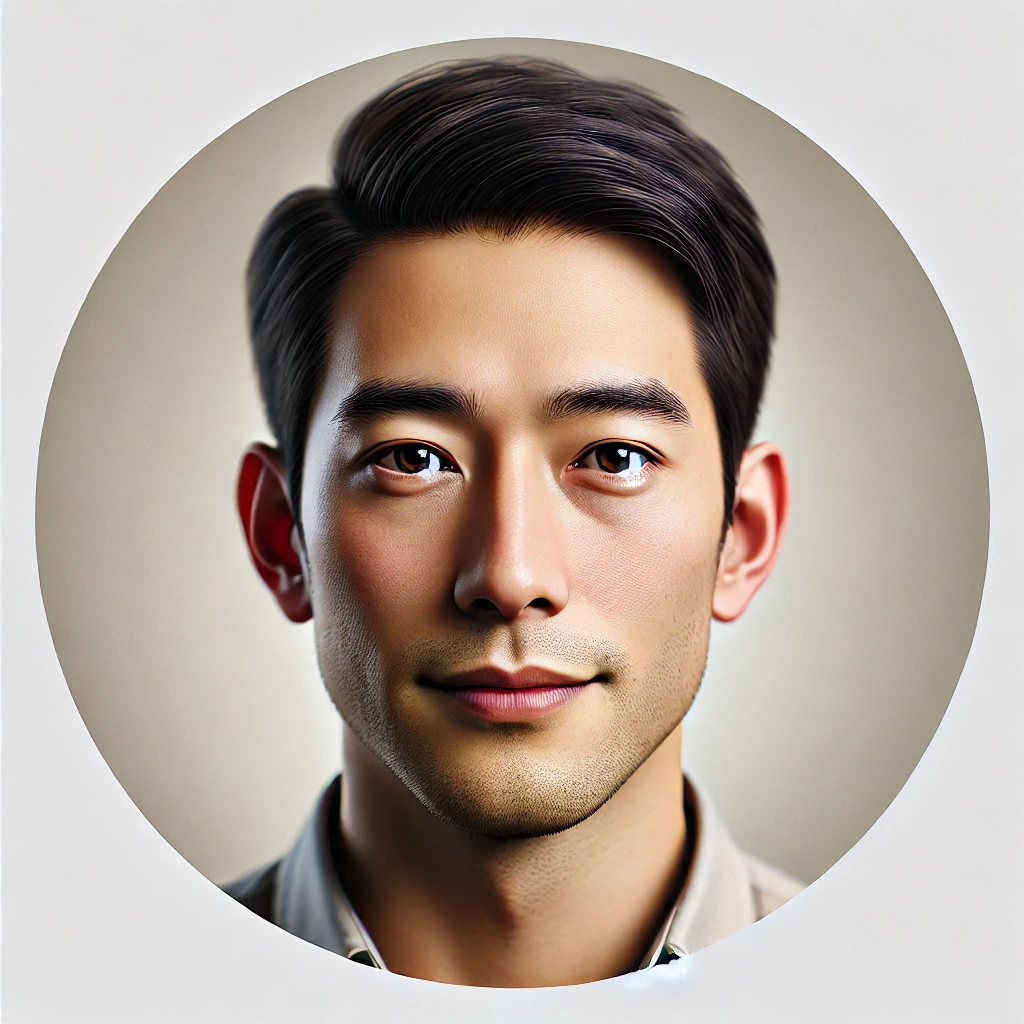Can Non-Tear Baby Shampoo Clean Eyelids Safely and Effectively?
 Most people think of baby shampoo as something gentle enough for newborns but lately, it’s also being talked about for eyelid hygiene. Eye doctors sometimes suggest using diluted baby shampoo to help with oily buildup, crusting, or mild blepharitis. But is it really safe to put near your eyes? Let’s dig into what makes non-tear baby shampoos different, why they work for eyelid cleansing, and when to use them properly.
Most people think of baby shampoo as something gentle enough for newborns but lately, it’s also being talked about for eyelid hygiene. Eye doctors sometimes suggest using diluted baby shampoo to help with oily buildup, crusting, or mild blepharitis. But is it really safe to put near your eyes? Let’s dig into what makes non-tear baby shampoos different, why they work for eyelid cleansing, and when to use them properly.
Why People Use Baby Shampoo for Eyelids
It started with ophthalmologists looking for a mild cleanser that wouldn’t sting. Eyelids can trap oil, debris, and bacteria at the lash line, leading to irritation, inflammation, and sometimes infection. For decades, doctors recommended baby shampoo because it’s designed to be mild, non-irritating, and able to cut through oil gently.
If you’ve ever had blepharitis or meibomian gland dysfunction, you probably heard the same advice “clean your lids with a little baby shampoo mixed in warm water.” It’s simple, cheap, and easy to find in any store. But the key is understanding why this works and how to do it safely.
How Non-Tear Baby Shampoos Are Formulated
The “non-tear” claim isn’t just a marketing term. It’s based on how the product is made. Traditional shampoos use surfactants chemical agents that break down oil and dirt like sodium lauryl sulfate (SLS) or sodium laureth sulfate (SLES). Those can irritate mucous membranes and sting if they get into the eyes.
Non-tear baby shampoos, however, use amphoteric surfactants such as cocamidopropyl betaine or disodium lauroamphodiacetate. These have lower irritation potential and maintain a pH close to that of natural tears, usually between 6.5 and 7.5, which is gentle enough for the sensitive eye area.
Quick Fact:
Most tear-free baby shampoos are tested through ophthalmologist-supervised eye sting studies to ensure minimal irritation. That’s why you can lather it up near the eyes without the burning feeling typical of adult shampoos.
What Research Says
According to several dermatological and ophthalmic studies published in journals like Cornea and Ophthalmology Times, diluted baby shampoo (typically 1–2 drops in a cup of warm water) can help reduce eyelid debris and inflammation in cases of mild blepharitis. However, many eye specialists now prefer dedicated eyelid cleansers because they are specifically designed for ocular surfaces.
A 2021 Journal of Clinical Ophthalmology review found that:
- Over 70% of patients using baby shampoo noticed improvement in crusting and itchiness.
- However, about 25% reported mild dryness or irritation over time, especially with undiluted or frequent use.
This supports the idea that baby shampoo can help but only if diluted and used occasionally.
Ingredient Breakdown: What’s Inside a Non-Tear Baby Shampoo
Let’s look at a common example like Johnson’s Baby Shampoo. The ingredient list includes:
- Water (Aqua) – Base solvent
- Cocamidopropyl Betaine – Mild cleansing agent derived from coconut oil
- PEG-80 Sorbitan Laurate – Helps dissolve oils and maintain texture
- Sodium Trideceth Sulfate – A gentle foaming surfactant
- Glycerin – Adds moisture and reduces irritation
- Citric Acid – Adjusts pH for mildness
These ingredients are chosen for being non-stripping, low-foam, and neutral in pH, making them less likely to disturb the skin barrier around the eyes.
But remember “non-irritating” doesn’t mean completely safe for every use. Even mild surfactants can cause dryness or sensitivity if used too often.
The Right Way to Use Baby Shampoo for Eyelid Cleaning
If your ophthalmologist or optometrist has approved it, here’s the safe way to clean eyelids with baby shampoo:
Step 1: Dilution
Mix one or two drops of baby shampoo into a small bowl or cup of warm water. The solution should be very light, almost like tinted water.
Step 2: Prep
Use a clean cotton pad, lint-free cloth, or gauze. Dip it into the mixture and gently wring out excess water.
Step 3: Cleansing
Close your eyes and gently wipe along the lash line top and bottom moving from the inner corner outward. Avoid pressing too hard or letting the mixture pool into the eye.
Step 4: Rinse
After cleaning, rinse with plain warm water and pat dry using a clean towel.
Step 5: Moisturize if Needed
If your lids feel dry, apply a small amount of sterile lubricant eye gel or a warm compress afterward.
When It’s Not a Good Idea
There are times when baby shampoo should not be used on the eyelids. Avoid it if:
- You have eczema, dermatitis, or rosacea on the eyelids
- You’re experiencing severe eye redness or infection
- You have known allergies to fragrance or betaine compounds
- You’ve had recent eye surgery or LASIK ask your doctor first
Some people are more sensitive to preservatives or fragrance in baby shampoos. Fragrance-free versions, like Johnson’s Baby Shampoo for Sensitive Skin, may be a safer pick.
What Ophthalmologists Recommend Instead
Modern eye care has evolved. Many specialists now recommend dedicated eyelid cleansers such as:
- Ocusoft Lid Scrub Original or Plus
- Avenova Hypochlorous Spray
- Systane Lid Wipes
These products are pH-balanced for ocular tissue, fragrance-free, and preservative-safe. They also contain hypochlorous acid, which helps control bacteria without stinging or drying the skin.
That said, baby shampoo remains a practical home option when medical cleansers are unavailable or too expensive.
Comparing Baby Shampoo vs Eyelid Cleansers
| Feature | Non-Tear Baby Shampoo | Medical Eyelid Cleanser |
|---|---|---|
| pH Level | ~7 (near neutral) | 7–7.5 (tear-matched) |
| Main Function | General cleansing | Targeted antimicrobial & soothing |
| Ingredients | Gentle surfactants, fragrance, glycerin | Hypochlorous acid, aloe, chamomile |
| Cost | Low (~$4–6) | Moderate to high (~$15–25) |
| Long-Term Use | May cause dryness | Designed for chronic use |
| Doctor Approval | Often safe if diluted | Preferred for daily use |
Bottom line: baby shampoo is fine for short-term use, but professional eyelid cleansers are better for ongoing care.
Why pH Balance Matters Near the Eyes
Your tears naturally sit around pH 7.4. Any product far above or below that level can cause burning, redness, or barrier disruption. Non-tear baby shampoos are carefully adjusted to mimic tear fluid, minimizing discomfort.
In comparison, adult shampoos (especially those with sulfates) often measure between pH 4.5–5.5, which is great for hair cuticles but not for your eyes. That’s why using your regular shampoo near the eyes will sting immediately.
What About Blepharitis and MGD?
Blepharitis, a chronic inflammation of the eyelid margin, affects millions of adults. The main issue lies in blocked oil glands (meibomian glands) and bacterial overgrowth. Cleansing with a diluted surfactant like baby shampoo helps remove the oily film that traps bacteria and debris.
But for severe or persistent blepharitis, cleansing alone isn’t enough. You’ll need:
- Warm compresses twice daily
- Lid massage to express oils
- Antibiotic or steroid drops (if prescribed)
So, while baby shampoo can support your eyelid hygiene routine, it’s not a treatment by itself.
Ingredient Sensitivity: What to Watch For
While baby shampoos are generally safe, a few ingredients can still irritate sensitive skin:
- Cocamidopropyl Betaine – Derived from coconut, but can trigger allergic dermatitis in rare cases
- Fragrance (Parfum) – Often unnecessary near the eyes
- Preservatives (Phenoxyethanol, Sodium Benzoate) – Safe in small amounts, but can dry out eyelid skin with frequent use
If your eyelids feel tight, red, or itchy after cleansing, discontinue immediately and switch to sterile lid wipes or hypochlorous sprays.
What Research and Eye Experts Conclude
Modern guidelines by the American Academy of Ophthalmology (AAO) acknowledge baby shampoo as an acceptable short-term option but encourage patients to use specialized products when possible.
Their summary:
“Diluted baby shampoo remains a viable home-based option for lid hygiene when commercial cleansers are unavailable, provided patients use caution, avoid direct eye contact, and monitor for dryness.”
In other words, yes you can use non-tear baby shampoo on your eyelids occasionally and carefully. Just don’t make it your everyday solution unless advised by a doctor.
Safe Alternatives for Everyday Use
If you prefer something even gentler, here are dermatologist- and ophthalmologist-approved alternatives:
- Hypochlorous Acid Sprays – naturally antimicrobial and eye-safe. (Examples: Avenova, Heyedrate)
- Micellar Cleansing Water (Sensitive Formula) – low surfactant, no fragrance, pH-neutral.
- Sterile Lid Wipes – individually packaged and pre-moistened, great for travel or daily use.
These options protect the delicate lipid layer around your eyes while keeping bacterial balance in check.
Real Talk: Does It Actually Work?
If you’ve ever tried it, you know it helps especially if your eyelids feel gritty or coated in oil. Most users notice less crusting after a few days. But you’ll also notice your lids getting drier with time if you overdo it.
The trick is moderation. Think of baby shampoo as a reset button, not your main cleanser. Once inflammation subsides, shift to gentle, non-soap alternatives.
Final Takeaway
So, can non-tear baby shampoo clean eyelids good?
Yes if used diluted, occasionally, and with care. The mild surfactants in baby shampoo can help remove debris and excess oil without causing pain or stinging. But it’s not a perfect solution. Frequent or undiluted use may lead to dryness or sensitivity.
If you struggle with chronic blepharitis, stick to ophthalmologist-formulated cleansers instead. They’re safer for daily use and protect your eyelid microbiome long term.
Bottom line: baby shampoo is gentle, but your eyes deserve more than “gentle” they deserve precision care. Use it wisely, and your eyelids will thank you.

Michael Chen combines scientific expertise with hair care industry insights to offer well-researched product evaluations and tips for optimal hair health.